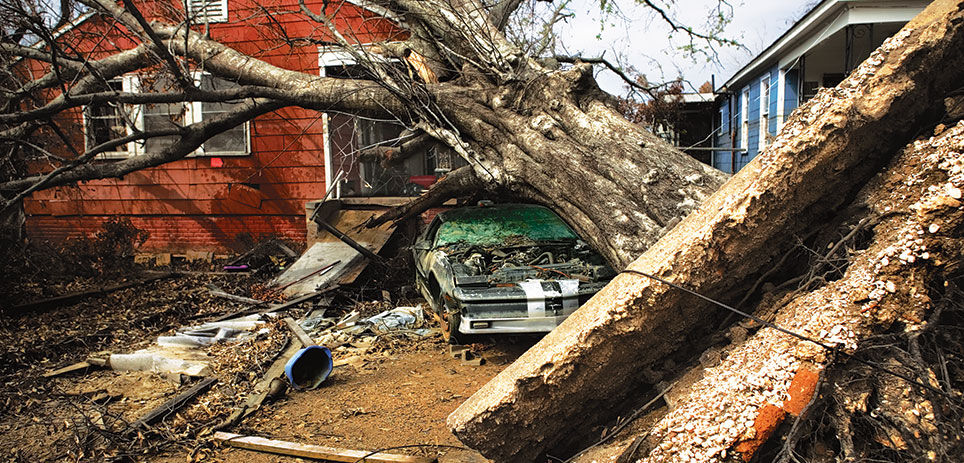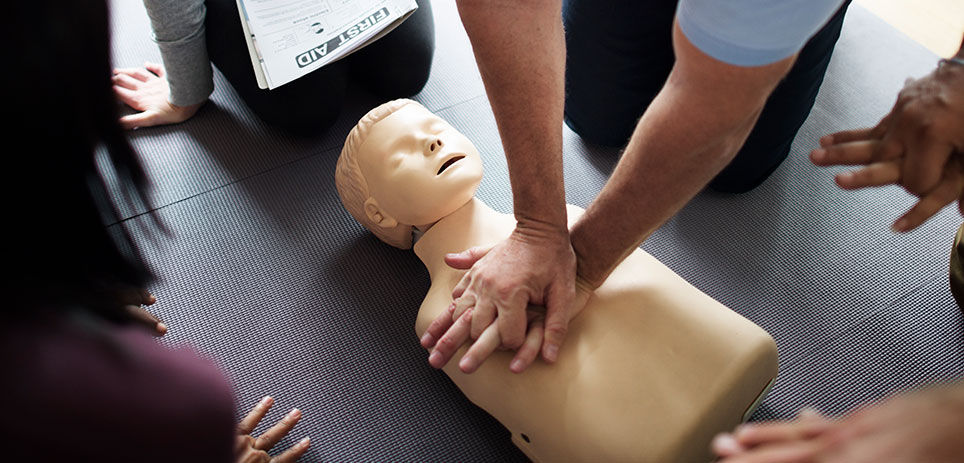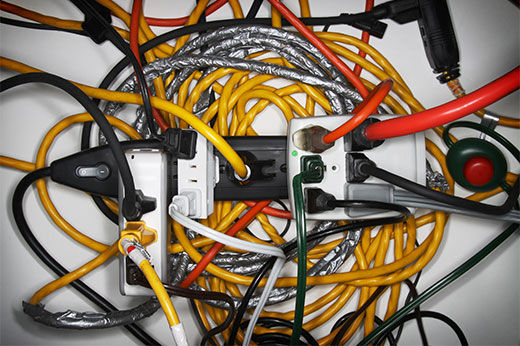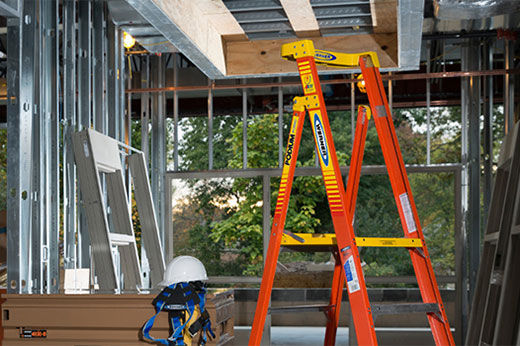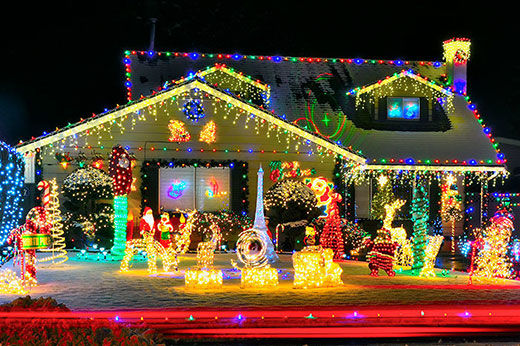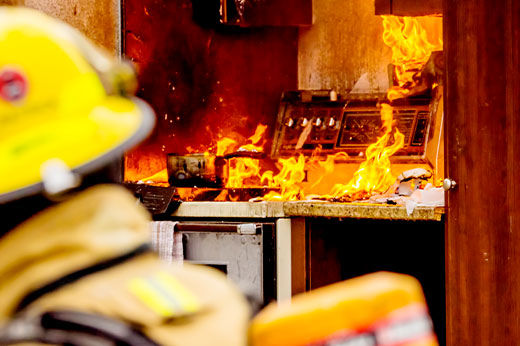|
|
While this may seem like a hefty list, depending on what disasters your area is prone to, some of these items could save your life. Keep them all stored and boxed away in a safe and dry place that is easy to access. When staying alert about incoming possible weather events or fires, it’s good to pull this box out to have on hand just in case. Don’t tuck the box too far away because some disasters, such as earthquakes or civil unrest, can happen quite suddenly.

